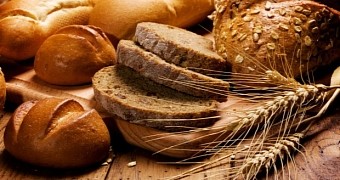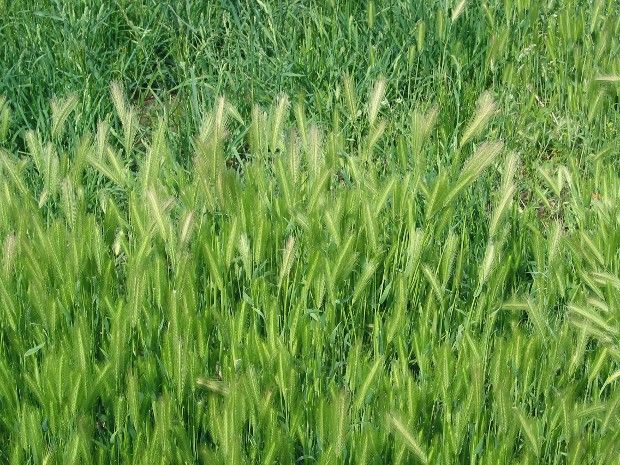The earliest evidence of cereal domestication dates back to around 10,500 years ago. Still, researchers at Bar-Ilan and Harvard Universities say the first bread loaves in history were actually cooked and eaten 2 to 3 millennia earlier by Natufian communities.
This culture flourished in ancient times in the Levant, a region in the Eastern Mediterranean. Although agriculture had not yet been introduced, this culture was sedentary. Some scientists think this was because it had found a way to evolve past the hunter-gatherer phase.
True, the bread that evidence indicates was cooked and served in Natufian communities probably wasn't quite as fluffy or as tasty as what we're used to, but it wasn't all that bad either. In fact, our ancestors must have thought of it as somewhat of a delicacy.
Cooking lunch in the Stone Age
If you're thinking archeology comes down to digging in dirt hoping to find some human bones or maybe a couple of artifacts worth the trouble, think again.
In a recent paper in the journal PLOS ONE, researchers with the Bar-Ilan University in Israel and their colleagues at Harvard University describe their work cooking bread the Stone Age way.
This little experiment, carried out at the Late Natufian site of Huzuq Musa in Israel's Jordan Valley, was meant to illustrate how, millennia before cereal domestication, our ancestors would cook themselves loaves of unleavened bread from wild barley.
The researchers started by harvesting grains off wild barley. First, they collected wild barley stalks which they then let ripen on the ground. Next, they beat them with a curved stick and sifted them through a sieve to separate the actual grains.
Then, conical mortars carved into the local bedrock were used to remove the grains' husk and to turn them into flour fit to cook what the scientists call proto-pita, i.e. unleavened, coal-baked bread.
“Filled with a measure of the raw grain and beaten with a wooden pestle, the wider cones were used for hummeling - removal of the bristle that extends from the edge of the seed.”
“The narrower cones came into play during the next stage, when the same wooden pestle was used to remove the grain husk,” researcher Adiel Karty explained in an interview, as cited by EurekAlert.
An authentic bread recipe
The conical mortars the team used to obtain flour from wild barley were all the real deal, meaning that they had been carved in the local bedrock in Israel's Jordan Valley about 12,500 years ago.
They were discovered by archaeologists decades ago but, when first found, nobody could really tell what purpose they served in ancient times. This experiment in cooking bread the Stone Age way shows our ancestors must have used them to prepare food.
Since the other cooking aids they used - the sticks, the sieves and the wooden pestles - were too similar to the tools used by our ancestors millennia ago, the researchers think the 12,500-year-old method of cooking bread they tried out is quite authentic.
“Our discovery of this sophisticated agro-technological system indicates that Natufian society made the shift from hunting-gathering to an agriculture-based economy, which was possibly extant 3,000 years before the domestication of cereal,” said researcher David Eitam.

 14 DAY TRIAL //
14 DAY TRIAL // 

